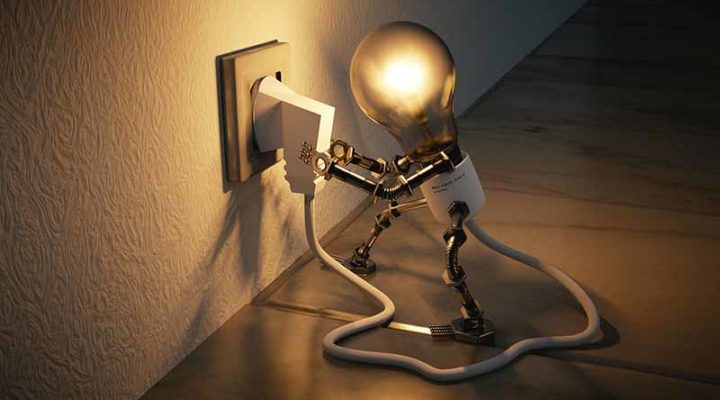
Calculation of total, comprehensive energy costs for your a home or company is going to involve estimates. The truth of the matter is that you’ll rarely come up with the exact value because of various variables throughout your usage.
Therefore, the best way to do the calculations is to err on the side of caution. If you’ve been operational for the past year, look at how much you spent in energy, and when. If you haven’t been operational a year, you’ll need to find ways of collecting this data. For one, you can consult energy supply experts to help you in coming up with the estimates. Of course, most of these organizations, like Payless Power, are willing to help you with the calculations and approximate what you can expect as your annual energy bill.
Generally, if you’ve got a utility bill, you can get an idea of how much energy you’re using, but this may not necessarily tell you when you’re using it. There are options available that can help you determine at what times throughout the year you use the most energy. A yearly consideration is key here because different businesses have varying active seasons. It basically depends on your area of specialization.
In a fiscal year, there are four quarters. A business will have a common baseline of energy usage, but, as stated, depending on what that business’s core specialty is, there will be peaks at varying times in a given quarter. For companies that provide summer solutions, summer business spikes are to be expected. For those selling gift items, holiday spikes are to be expected. These spikes, especially for businesses that depend on technology and moving machines, may directly translate to more energy costs.
In other words, you should see an increase in energy costs which coincides with increased business, or increased utility use. That is to say, the more business a company does, the more energy it will use. Get HVAC systems installed properly, because how systems are installed also affects energy use.
Some machines or gadgets tend to use up too much energy if the software or hardware settings aren’t optimized. So, if you suspect that you’re consuming more power than you should, you can contact your provider or have an independent electrical expert assess your operations. But there’s something else to consider here, and that’s expansion.
Transitions With Time
Regardless of how accurate your energy measurements are, baselines are likely to change for personal and business use. You want to have an “average” number, and you want to plot expansion. Year over year, business and residential energy use are going to cost more.
For example, if you’ve got a young family, the children will grow older, they’ll use more devices, take longer showers, get on the internet more, and the list goes on. Such small changes can have a huge impact on your overall power consumption. Also, don’t ignore the fact that different gadget brands and models use different levels of energy. Therefore, put that into consideration in case you’ve shifted brands recently.
Also, energy rates in a given community can shift. There are many reasons why this could be the case. For one, it might be because of high fuel costs, economic fluctuations, or a change in the consumption rates. Nevertheless, it may still predicate switching up energy plans for your home or business.
Through EnergyBot you can compare varying energy plans and make a switch when that makes the most sense. It may develop that your best option is to install your own energy options on your property.
The Solar Option
Have you considered solar energy? It’s about a dollar a watt to acquire when the dust settles, and once installed, it will last you about ten years. Here’s how that breaks down: a 100-Watt panel costs about $100. Hookup cables, batteries, and surge controllers will expand that cost to between $150 and $400, depending on what sort of equipment you buy and the size of your building.
A 3.5 kWh solar energy system will cover the majority of energy needs for smaller homes. That’s $3,500 in solar panels and around $1,500 in terms of setup equipment. That’s if you set everything up yourself, which is a matter of getting the right equipment, plugging it in, and mounting it. Installation costs about $10k for a 3.5 kWh option if you don’t do it yourself.
Such a solar energy system will offset residential and business energy bills quite nicely, increase property value, and may even net a tax break—though such tax breaks aren’t going to stay on the books perpetually. If you can cut a $110 energy bill in half every month, inside ten years you’ll save $6,600 in electricity alone. Eliminate it, and solar actually puts money in your pocket.
Additional Options, And Getting The Best Energy Solutions
If you’re determined to finding a lasting energy solution, you’ll come across a myriad of options. For instance, wind energy, water energy, and massive tax breaks for massive solar energy installations are gradually becoming more popular. What it all boils down to is this: what are you spending now, and what options are out there? Consider projected costs over a decade, weigh pros and cons, and choose appropriately. Do this right, and you could turn losses into profit over time.
Leave a Reply